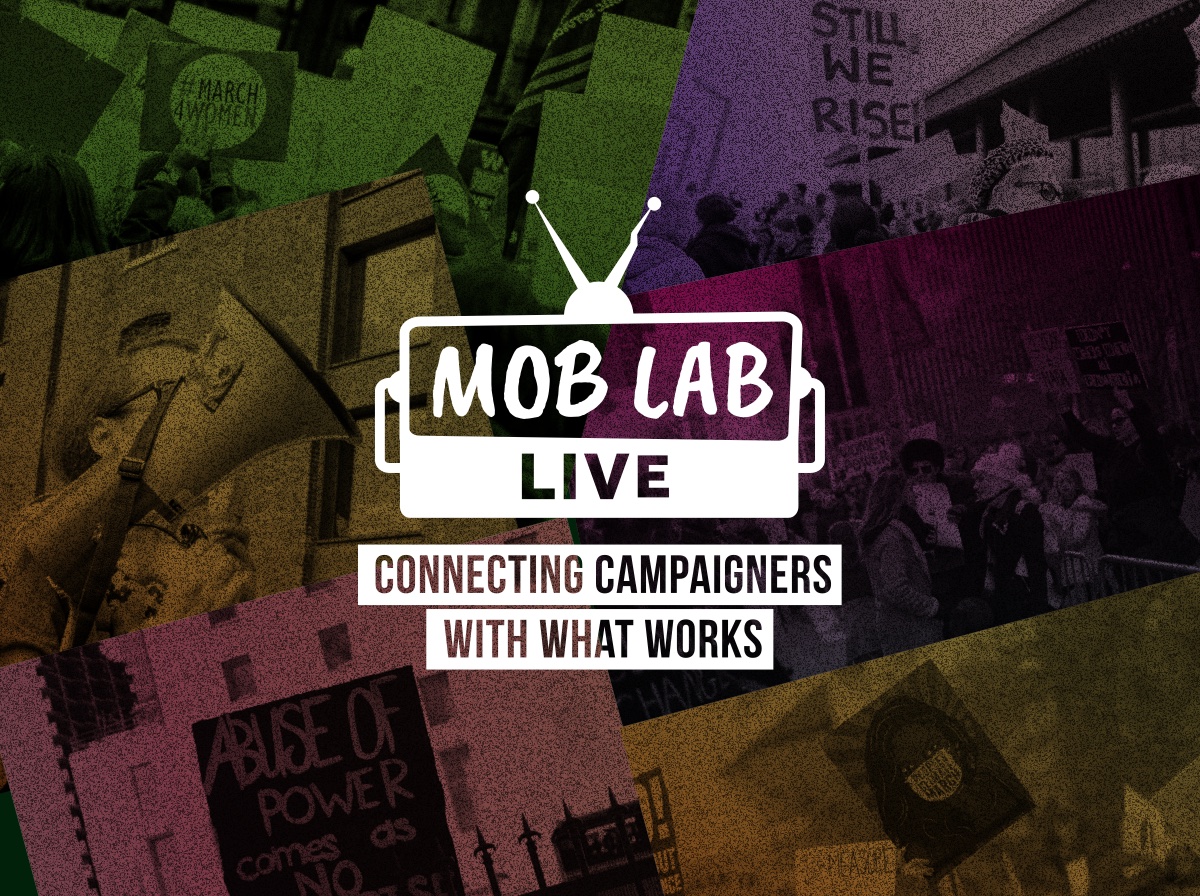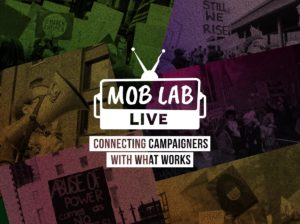More and more we hear the term “open campaigns,” but what does that mean and how is this approach changing the way we build movements?
For some, this means online petitions. For others, it’s organizing a day of action or adapting “open-source” principles into campaign work. While there are no hard and fast rules, open campaigning and distributed organizing allow more people to lead and champion causes.
For many campaigners, these models create a lot of challenges and questions. To help answer these questions, we spoke with Jason Mogus, senior adviser to the Tar Sands Solutions Network, and Marisa Franco from the #Not1More movement in the United States.
Key Learning: Network Model of Organizing
As a central hub, the following are the services to support the network model of distributed organizing:
- Support Groups: 25% of the time spent doing day-to-day strategy and promotions, graphics, outreach, and messaging
- Major Moments: 50% of the time spent leading digital for key organizing moments, building online infrastructure, hiring staff to fill gaps and amplify
- Build Power: 25% of the time spent developing web platform, social media content and newsletter. Plus capacity building, growing a partnership list, retreats, etc…
Key Learning: What makes a Network Campaign work?
- Elements: The Brand
- Strong core idea: “Action-worthy problems and solutions” wrapped in funny, edgy or cool brand.
- Participation by design: Involvment designed into everything with the brand, action, stories. Constantly empowering others to adapt/ re-mix to suit their needs.
- Brand Backward: Make others the hero, local leader, partners. Think open hashtag not URLs.
- Leadership: Feminine principals
- Serve the Movement: Filling in the gaps, being really good at what the movement is weak at. Functional organizing to support others, grow capacity.
- Mastery of Relationships: Be prepared to be on a lot of calls, tend to a lot of people, and do a lot of listening or connecting.
- Leaderful not Leaderless: No one but not none. Humility. Learning. Sharing. Connecting. Letting go but still innovating.
Key Learning: Elements of ‘Open-source’ Principals
Principles that can be applied to campaigns and movement building:
- Action Worthy Problem & Solution: Does it matter to enough people? Is the solution you propose realistic and effective?
- Replicate > Repeat > Innovate = Anti-fragile: Instead of sticking to a multi-year strategic plans, establish an initial plan of action and create room for experimentation, even failure and error.
- Tiered Decision-Making: Recognizing specialization, respecting local leadership and decentralized responsibilities.
- Clear Purpose: Open-source campaigns function best with clear purpose, frame, values that serve as basic parameters.
- Point of Entry: Network weaving provides points of entry to the bigger picture and broader objectives beyond the local context or immediate policy demand (i.e. a national message or national/ international day of action).
Additional Resources:*
- Presentation slides by Jason Mogus: Click Here
- Presentation slides by Marisa Franco: Click Here
- How We Make Change is Changing: Open Source campaigns for the 21st century by Marisa Franco, B. Loewe and Tania Unzueta
- The 350.org & Hollaback! approach to distributed organizing by Mobilisation Lab
* This not a comprehensive list nor are external resources endorsed by Greenpeace.
Live Q&A with #MobLabLive
A snapshot from Twitter of the conversation and questions on this MobLab Live conversation:


